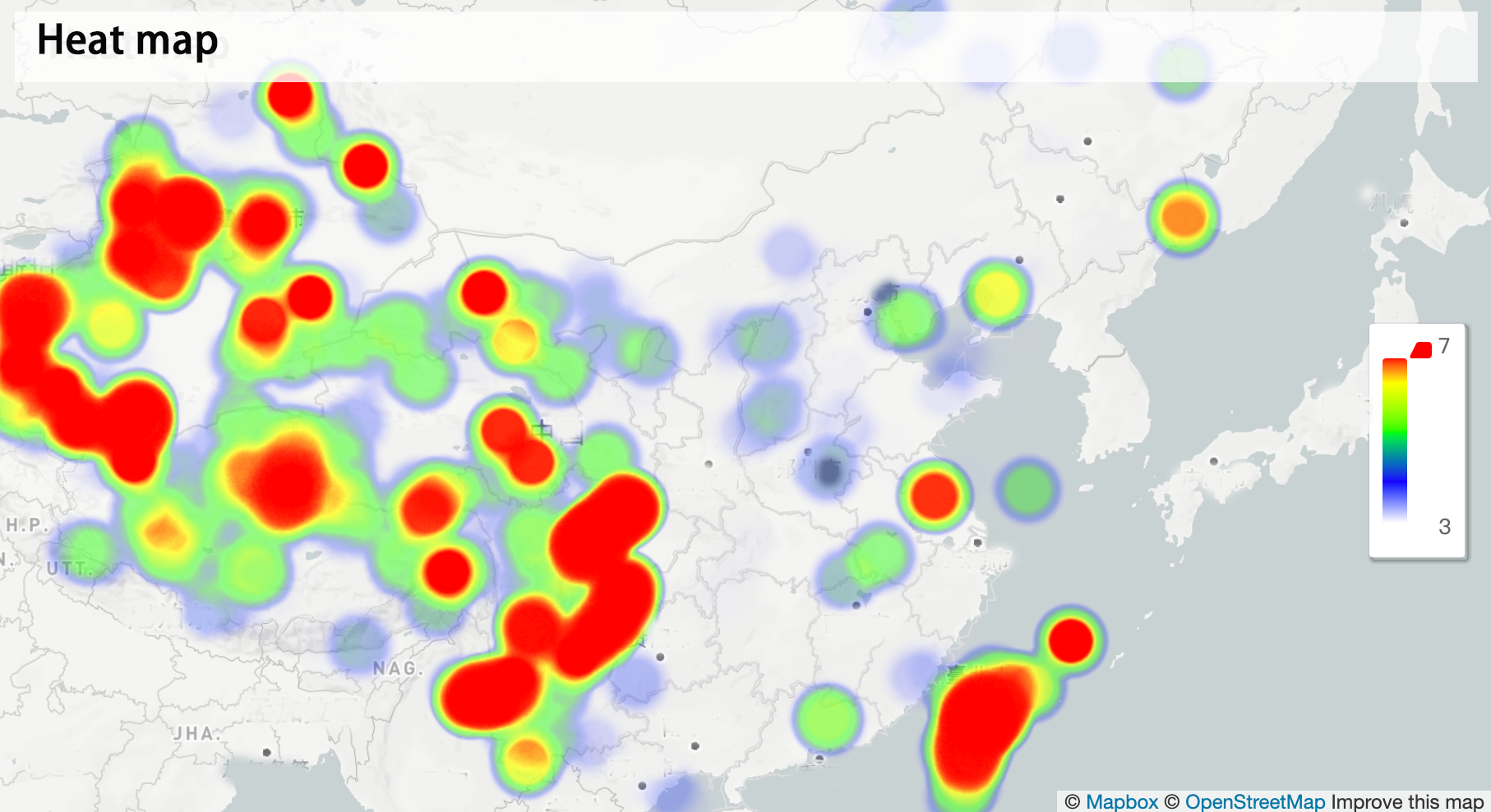

The result of both encryption and decryption is a sequence type. Using the built-in function ord(), shifting a character is as simple as adding a bias value to the Unicode value of the respective character. We use the map function to implement this shift for each character in the string s1.

The encrypt function shifts the string to the right, the decrypt function shifts it to the left. To encrypt or decrypt a string, we shift each character by two Unicode positions.

The functions encrypt and decrypt operate on a string literal s1. With Unicode, we create our own secret language via encryption and decryption functions. For example, the Unicode value 41 encodes the value ‘A’ and the Unicode value 42 the value ‘B’. The Unicode table assigns one binary or decimal value to each character. Unicode is one such encoding that maps a bunch of zeros and ones (a binary ordinal value) to a symbol that you can read (a character). Every single character in a string is encoded as a sequence of 0s and 1s. You already know that computers only operate on 0s and 1s. Print(decrypt(encrypt(encrypt(s)))=encrypt(s))Įxercise: Can you figure out the output of this puzzle?Ĭlick the image to solve it on our interactive puzzle app: A Practical Puzzle Example to Test What You’ve Learned def encrypt(s1): Especially for large iterables this is much more efficient than a standard Python list. It’s just an iterator that saves all mapped elements so that you can iterate over them. Iterable: This is the iterable which you convert into a new iterable where each element is the result of the applied function.This is the function which you are going to apply on each element of an… Function: Often it’s a lambda function that you can define on the fly.With Python’s map() function, you can apply a specific function to each element of an iterable. Note that we must convert the resulting map object to a list using the list() constructor. The following example demonstrates how you can use the map() function to add together two lists element-wise: > l1 = The map function simply applies the function f to each element in the list. Also, we create a function f that takes one argument (an integer in our case) and increments it by one. We create a list lst with three elements. > m = map(lambda x: 42, )Ĭonsider the following simple example: lst = Especially for large iterables this is more efficient than a standard Python list. The map() function returns a map object that is an iterator that saves all mapped elements so that you can iterate over them. Returns a map object that is an iterator that saves all mapped elements so that you can iterate over them. > If these are multiple iterables, the func function receives multiple inputs, one per i-th element of each iterable.

> If this is one iterable, the func function is applied to each element. The map() object has the following syntax: Syntax: map(func, *iterables) – > map object ArgumentsĪ function object that is applied to all elements in the iterables argument.


 0 kommentar(er)
0 kommentar(er)
